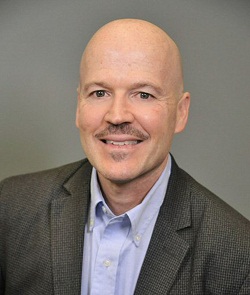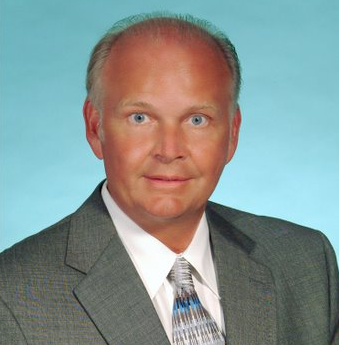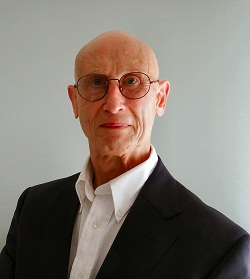Editorial Opportunities: Submit an Article
Why Publish?
The editors of Microwave Journal invite you to consider publishing an article in the print edition or online at MicrowaveJournal.com. To see your work published is a satisfying recognition of the successful outcome of engineering principles applied to problem solving, blended with creativity, attention to detail and determination.
Microwave Journal covers all markets using RF/microwave technology, such as 5G and 6G, IoT, broadband, satellite communications, military systems and commercial radar. We publish articles describing the subsystems, components and technologies that make these applications possible: active antennas, amplifiers, oscillators, control components, semiconductors, passive components, cables and connectors, test and measurement and electronic design software. Technical articles describing a product design, the development or application of technology and tutorials or overviews on the use of RF/microwave technology in systems are interesting to our readers.
Download Microwave Journal’s 2024 Editorial Calendar to see the theme of each issue during the year.
To Submit an Article
If you have an idea for an article, please email an abstract to Eric Higham. The subject line of the email should say “Article Submission.”
If you have already written an article, please email it as a Word document or PDF file. No special format is required; however, please include the text, references and all figures. Articles will be reviewed by our Editorial Review Board (ERB) to determine interest. The ERB considers the following:
- The subject is relevant and of interest to Microwave Journal readers, i.e., it must clearly address a recognized industry need, and the solution must demonstrate a practical implementation.
- Design articles contribute something “new” to the technical literature and don’t simply repeat prior work; however, the results don’t have to extend the state-of-the-art.
- Design articles include both simulated and measured data, with any discrepancies explained.
- Antenna articles include measured antenna patterns.
- The article should be complete and clear.
- The article was not published in another publication.
To be published in Microwave Journal or indexed, submitted articles must have a maximum word count of 3000 words with no more than 10 tables and figures (graphs, drawings, photographs) that help tell the story.
Microwave Journal’s Editorial Team

Pat Hindle is the editorial director of Microwave Journal (MWJ), responsible for setting MWJ’s editorial direction and developing marketing opportunities for industry clients. He co-hosts MWJ’s video and podcast series, Frequency Matters, and produces video interviews and podcasts. He serves as the conference program manager for EDI CON Online and helped launch Signal Integrity Journal.
Pat parlayed his process engineering background into a management role in marketing communications for several leading microwave semiconductor manufacturers, including MACOM, Raytheon and Skyworks (Alpha Industries). He also worked at MIT Nanostructures Laboratory manufacturing X-ray diffraction gratings for space research telescopes like Chandra.
He has a bachelor’s in materials science engineering from Cornell University and an MBA from Northeastern University.

Eric Higham is the editor of MWJ, responsible for the editorial content in each month’s issue, covering conferences and exhibitions, moderating webinars and co-hosting Frequency Matters.
Eric joins Microwave Journal after being a service director at Strategy Analytics where he provided analysis and forecasts for trends, processes, technologies and components in commercial and defense markets. His areas of research included wireless and fiber-optic networks, mmWave communications, broadband, military radar, EW and communications applications. He has also worked in a variety of engineering, business development, applications and marketing roles for Raytheon, Micro-Dynamics, Scientific Devices and MACOM. Eric brings a deep understanding of the technical, product and market trends in the compound semiconductor sector.
Eric holds a BSEE degree from Cornell University and an MSEE degree from Northeastern University.

Cliff Drubin is the associate technical editor for MWJ. He reviews and selects technical articles for publication, edits many of the articles and writes the monthly Defense News and Commercial Market columns published in Microwave Journal.
After serving in the U.S. Air Force as an electronics warfare officer, Cliff joined Raytheon Company as an electronics engineer. He held positions of increasing responsibility in design and technical management, retiring as a Principal Engineering Fellow after 36 years. His experience includes microwave and mmWave circuit design, radar transmitter and receiver/exciter design, project/program management and engineering process control.
Cliff has a bachelor’s in engineering science from the State University of New York at Stony Brook and a master’s in electrical engineering focusing on microwave physical electronics from Northwestern University.
Read the biographies of the members of Microwave Journal’s Editorial Review Board
